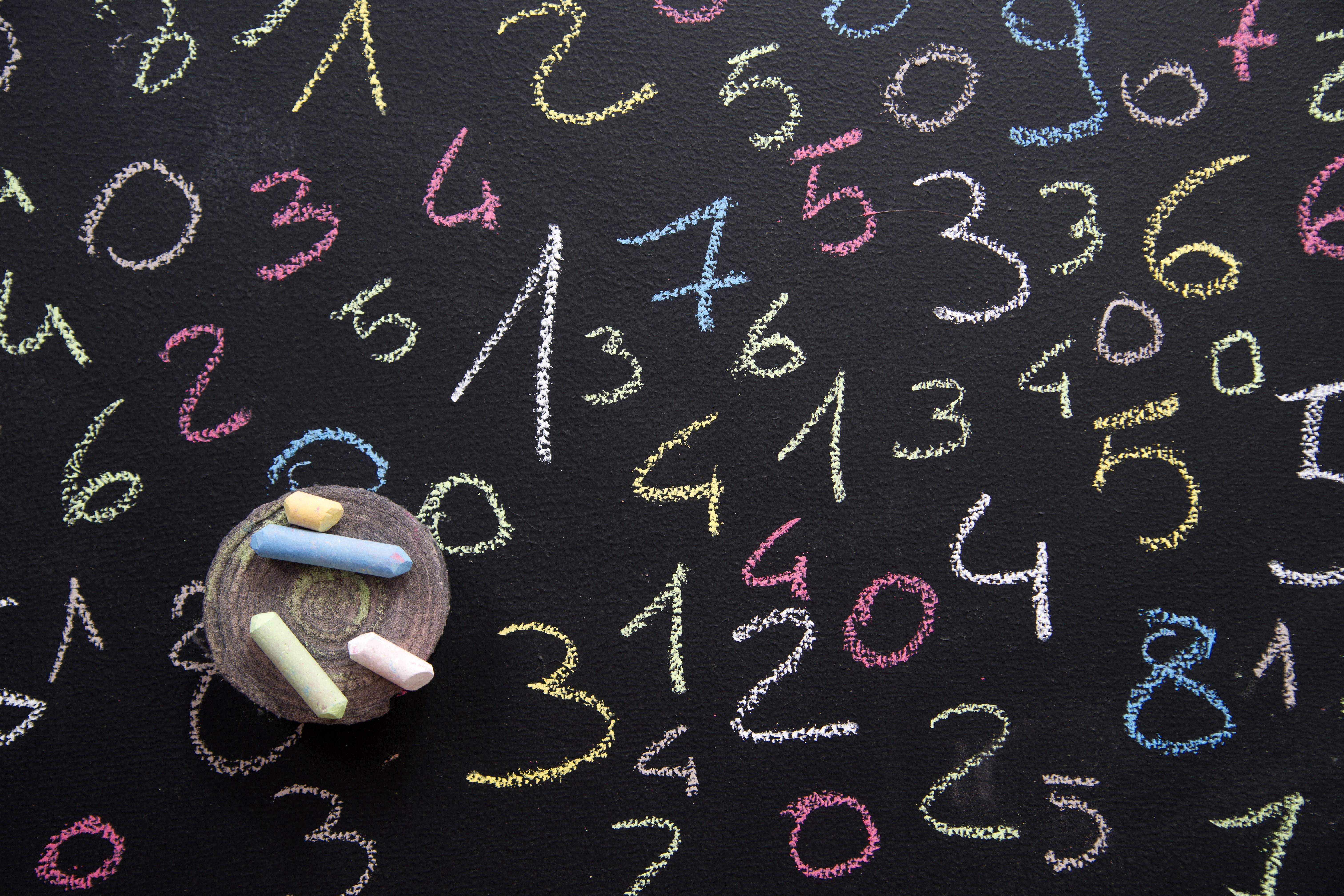



.png)

Content Objectives
• Students will practice the skill of estimation on everyday items and situations.
• Students will collaborate and communicate their ideas and logic.
Estimation Practice
Estimation may not 'come naturally' to everybody in the same way, it is a skill that can be taught and practiced. This practice:
• Builds number sense
• Builds mental math skills
• Builds logic and problem-solving skills
Math Curricular Competencies: *
Reasoning and modelling:
• Use logic and patterns to solve puzzles and play games
• Use reasoning and logic to explore, analyze, and apply mathematical ideas
• Estimate reasonably
• Demonstrate and apply mental math strategies
Understanding and solving
• Develop, demonstrate, and apply conceptual understanding of mathematical ideas through play, story, inquiry, and problem solving
• Apply flexible and strategic approaches to solve problems
• Solve problems with persistence and a positive disposition
Communicating and representing
• Explain and justify mathematical ideas and decisions in many ways
• Represent mathematical ideas in concrete, pictorial, and symbolic forms
• Use mathematical vocabulary and language to contribute to discussions in the classroom
• Take risks when offering ideas in classroom discourse
Connecting and reflecting
• Reflect on mathematical thinking
• Connect mathematical concepts with each other, other areas, and personal interests
• Use mistakes as opportunities to advance learning
*Note: These competencies have been pulled from the grade 7 curriculum specifically, however similar competencies can be found throughout the entire grade range of 3-12.
Consumables:
• Scrap paper & pens
• Team points recording sheet
Non-Consumables:
• Estimation visuals (e.g. jar of beads, ball of yarn)